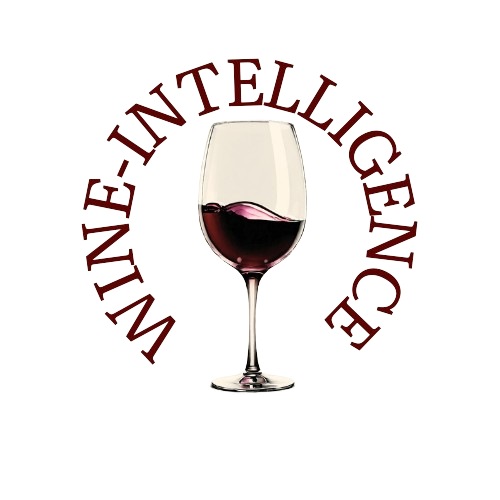The latest IWSR Bevtrac 2024 Wave 2 report highlights a transformative shift in global alcohol consumption habits, with moderation becoming a long-term behavior rather than a passing trend.
While 2023 saw a temporary spike in full abstinence, consumers in 2024 are adopting more flexible strategies, such as reducing frequency, limiting consumption to single-category occasions, and opting for no-alcohol alternatives.
Light Drinking Gains Ground
The report reveals that light drinkers—those who consume alcohol infrequently and in low quantities—now represent the largest consumer segment across 15 key markets, surpassing medium and heavy drinkers. This shift is particularly evident among younger LDA+ (legal drinking age and older) consumers.
Temporary Abstinence: A Key Moderation Strategy
Temporary abstinence is a growing trend, particularly among younger generations. In India, 71% of affluent drinkers in major cities reported abstaining for a set period, the highest rate among surveyed markets. Similar patterns emerged in South Africa, Mexico, and Brazil, where over half of drinkers engaged in temporary abstinence.
The Rise of Single-Category Occasions
Consumers are increasingly opting for single-category drinking occasions, meaning they stick to one type of alcoholic beverage per event. The average number of categories consumed per occasion dropped from 2.4 in 2023 to 1.8 in 2024. Currently, 66% of drinking occasions involve just one category, up from 49% in the previous year. Beer remains the most commonly chosen single-category beverage.
No-Alcohol Beverages Flourish
The no-alcohol sector continues to expand, with 26% of drinkers across key markets consuming alcohol-free alternatives. Spain (40%) and Germany (44%) lead in adoption, while North America has seen participation double year-on-year. No-alcohol beers dominate globally, while no-alcohol spirits are gaining traction in the US, Germany, and the UK.
Health and Wellness Drive the Shift
Health consciousness remains the primary driver of alcohol moderation. Over 41% of no-alcohol drinkers choose these products to support their moderation goals, while 35% cite practical benefits such as avoiding hangovers or maintaining the ability to drive. Additionally, consumers are seeking variety in flavors and formats, further fueling the growth of the no-alcohol category.
Implications for the Beverage Industry
While overall alcohol participation rates have returned to long-term norms, the way consumers engage with beverage alcohol has changed. The industry faces a new challenge: with people drinking less per occasion and sticking to single-category events, competition for that "first drink" of the night is intensifying. Consumers are prioritizing higher-quality and more reliable beverages, often at premium price points, to ensure satisfaction with their limited choices.
According to Richard Halstead, COO of Consumer Research at IWSR, "The reduction in volume and multi-category usage at an occasion will serve to increase competition for that 'first drink'—which might be the only drink of the night. This evolution is likely to accelerate the trend towards higher-quality beverages, reducing the risk of disappointment."
As moderation strategies become mainstream, the beverage industry must adapt to evolving consumer behaviors, emphasizing premiumization, variety, and innovation in both alcoholic and non-alcoholic offerings.
Source: IWSR

